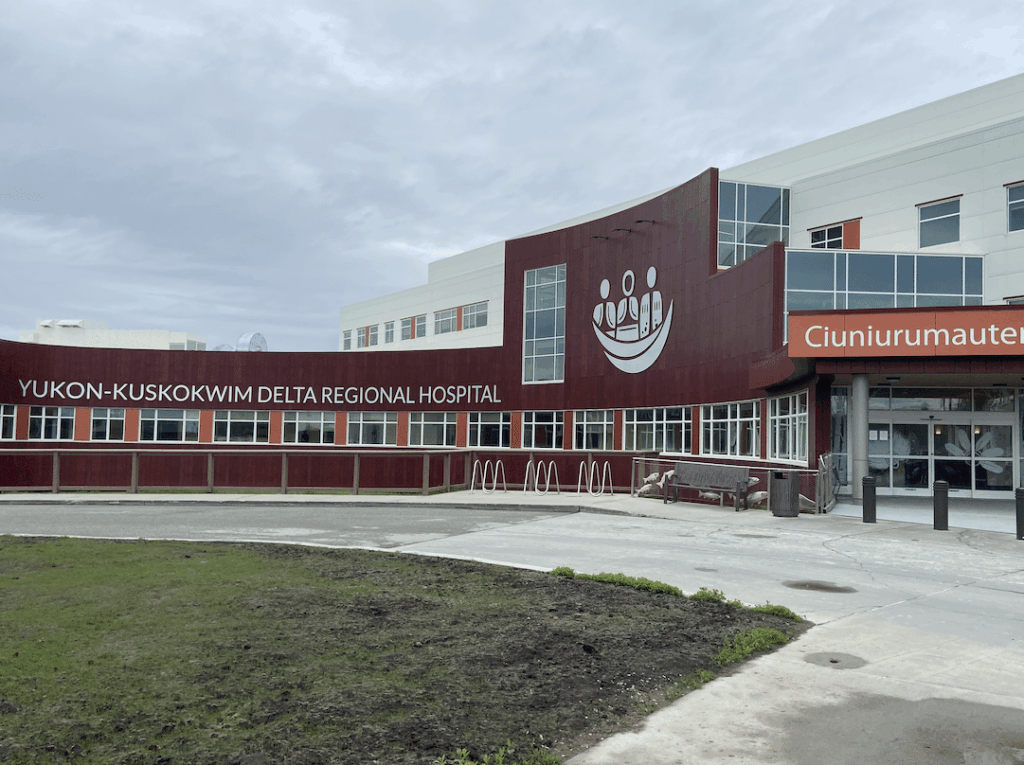Reading Time: 4 minutes
It’s an unfortunate truth, but receiving care in an emergency room often starts patients on a path to financial disaster.
It’s easy to feel the frustration of both patients and caregivers as they’re stuck in a circuit of supply and demand that doesn’t favor either party. The cycle is clear to see: patients aren’t able to afford their medical bills, much less emergency room costs, and hospitals need to be paid so they can continue to care for patient emergencies. In emergency situations, the innate nature of right now means a person does not have time to wait or carefully analyze their current situation. And when a patient shows up in the emergency room, clinical staff need to respond with treatment — not payments, policies, or processes.
This cycle is not just perception. In a Washington Post piece titled “The Follow-up Appointment,” Eli Saslow wrote:
“So far this year, Poplar Bluff Regional Medical Center has filed more than 1,100 lawsuits for unpaid bills in a rural corner of Southeast Missouri, where emergency medical care has become a standoff between hospitals and patients who are both going broke. Unpaid medical bills are the leading cause of personal debt and bankruptcy in the United States according to credit reports, and what’s happening in rural areas such as Butler County is a main reason why. Patients who visit rural emergency rooms in record numbers are defaulting on their bills at higher rates than ever before.”
“…in Poplar Bluff, a town of 17,000, [going to a court hearing] has become so routine that some people here derisively refer to it as the ‘follow-up appointment.’”
So, what can the medical community do to help reduce the overhead associated with emergency room costs while still providing care?
Back to basics: education, training, and tools
Medical care and medical billing are complex issues. When I get an opportunity to talk about the specifics with healthcare organizations, I’m often asked to focus on the business side of things. However, I usually find myself looking back to my roots in healthcare. Keeping both in mind helps create wins for patients and businesses alike.
To address the complex, it often helps to start with the simple. While healthcare problems can’t be solved overnight or in a few conversations, focusing on the quality of care provided, along with the way in which patients and caregivers are treated in times of emergency are often the place to start. It’s amazing what improving relationships, establishing trust, and educating all parties involved can do.
Organizations looking to make these changes should focus on clear and easy-to-execute initiatives — and it all starts with education, training, tools, and processes.
Education
When starting from a place of education, it’s important to focus on the following questions. And if there isn’t a readily available answer, roll up your sleeves and get to work.
- Is your organization forgetting or taking for granted the type information that a patient needs to understand the differences between urgent care and emergency?
- What care coordination and education does your organization provide to patients before, during, and after a procedure?
- What nurse triage process is being used over the phone to help patients with clinical concerns before an emergency?
- What is our organization learning from patient feedback during a typical call center interaction?
When armed with new information about areas where education can be improved, your organization is ready to learn where there are gaps in current training programs.
Training
Does your organization need to add more training around best practices and core values? Answering the following questions can help identify gaps in applied education.
- Does your organization really believe in the power of deliberate efforts for teaching prevention and avoiding emergent situations?
- Do caregivers know who to call when they are concerned about a loved one?
- Does your clinical staff give a consistent message?
- Are the marketing messages reinforcing patient education?
- Do you have various training environments/situations for the varied demographics of your patients?
The goal is to keep patients actively involved in their well-being. By identifying gaps in patient education and training processes, your organization can be more deliberate in making sure patients and caregivers have a better understanding of their care options, know exactly what to do when there is a concern, and identify the appropriate circumstances for an emergency visit.
Imagine a 30% reduction in the number of post-bariatric surgery patients coming to the emergency room for care, because they are not panicked by the first sign of a fever or vomiting. An informed patient will contact the dedicated line to speak with a nurse triage, and symptoms can be monitored remotely to prevent an emergency visit — and emergency room costs. Or imagine a 50% reduction of first-time parents with an infant in the emergency room because a “parent program” is in place to walk parents through possible scenarios in the first three months of being home.
Tools and processes
Implementing the right training and providing opportunities for education can help your organization succeed without the dreaded “Follow-up Appointment” Saslow outlined in his article. The right tools and processes can get you there even faster.
Many organizations have the materials and information to educate patients, and they have started training programs. But some of the missing links for successful initiatives include:
- Technology barriers
- Siloed activities
- Inconsistent communication of up-to-date information
- No 360-degree view of the patient’s care
- Lack of patient’s caregivers and/or family member involvement
- Inaccurate reporting and metrics on educational and training programs
- Non-existent dashboards on daily, weekly, and monthly KPIs
The right tools can help bridge the gap in processes and procedures.
Adding a CRM
With a robust CRM tool like Salesforce, an organization can specifically address and solve each of these missing links:
- Technology that works and interfaces to the CRM
- Education that is accurate and consistent throughout the organization
- A complete 360-degree view of a patient’s care
- Creating a “Household” for everyone that is involved in the patient’s care
- Real-time reporting and metrics on educational and training programs
- Dashboards on all KPIs
I’m passionate about healthcare and I’ve had the privilege of making people’s lives better by making the business of healthcare better. My role as an Associate Director in Healthcare and Life Sciences at Silverline allows me to directly show the value of a robust CRM tool like Salesforce, to help organizations improve their successes, fill gaps in their current tools and processes, and effectively break down barriers to providing the best care possible.
I firmly believe that getting back to the basics of education and training and using the right CRM tools can make a positive difference in patients’ lives — like reducing emergency room visits, and thereby reducing emergency room costs.
Interested in learning more about how Silverline can use the power of Salesforce to create transparency, eliminate redundancy, and expand on your current success in the communities you serve? View our solutions for healthcare providers today.



